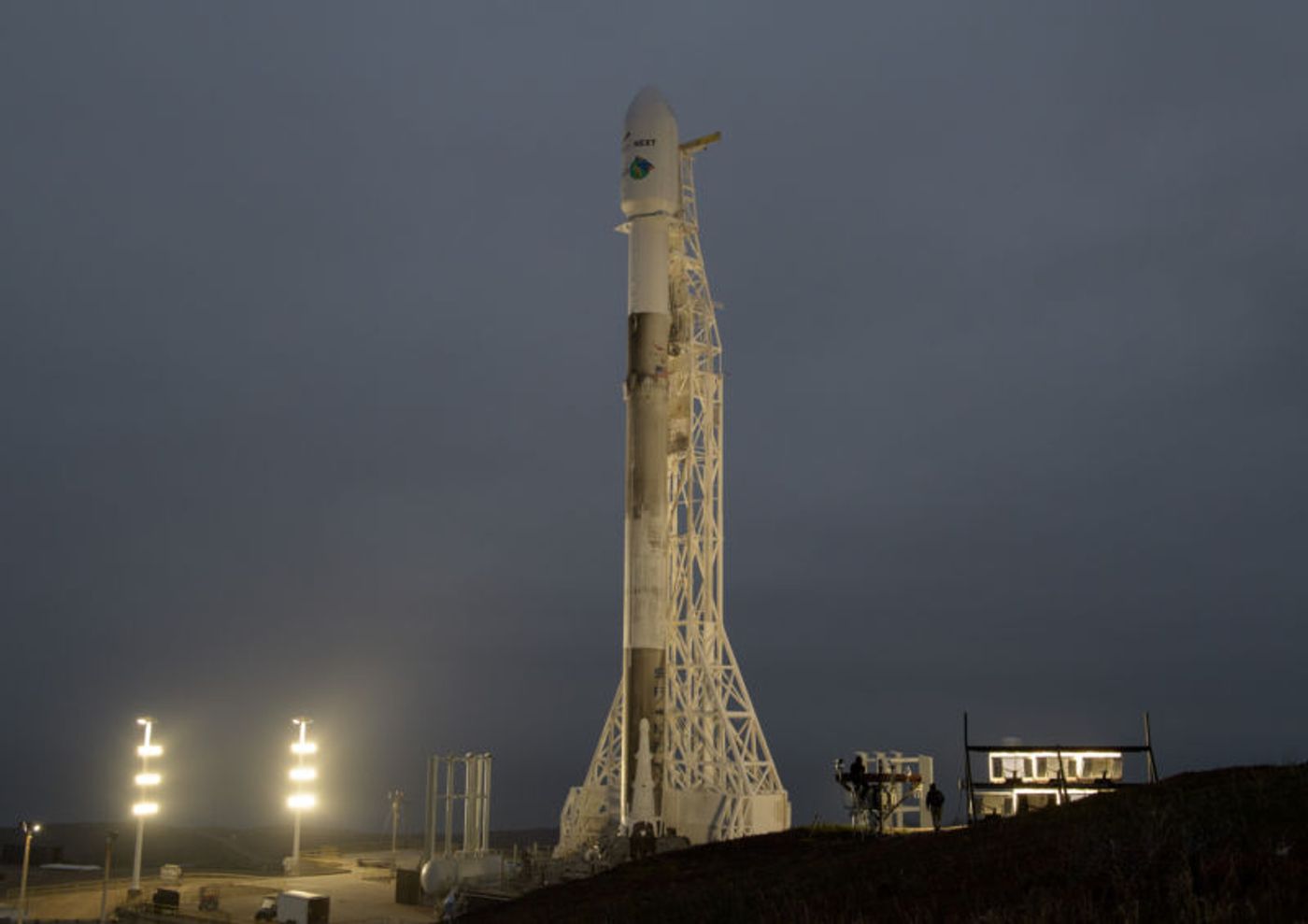SpaceX Sends NASA's GRACE-FO Mission Into Space
Rocket manufacturer Orbital ATK received the spotlight after launching a resupply mission for astronauts onboard the International Space Station on Monday, but it seems that Tuesday was SpaceX’s turn to shine.
SpaceX ignited the engines of one of its renowned Falcon 9 rockets at a Vandenberg Air Force Base, California-based launch pad at 3:47 P.M. Eastern time. While it wasn’t one of the commercial space company’s new Block 5 rockets, it was the same booster that flew the classified ZUMA mission into space at the start of the year.
Image Credit: NASA
Hidden inside of Tuesday’s rocket’s cargo hold were two sets of satellites – one owned by NASA and the other owned by Iridium. You can watch te launch below:
Related: Does SpaceX save money by utilizing reusable rockets?
Iridium’s payload was comprised of a group of communications satellites that will strengthen the backbone of the firm’s Next constellation. But NASA’s payload consisted of two twin satellites that will make the space agency’s GRACE-FO (Gravity Recovery and Climate Experiment Follow-On) science mission possible.
GRACE-FO will pick up where GRACE left off, enabling NASA scientists to analyze water movement on Earth. In particular, it will help experts monitor the shrinkage of Earth’s ice sheets and glaciers, gauge sea level rise in comparison to solid ground, and learn more about the planet’s groundwater storage mechanisms, among other things.
The two satellites will tango closely as they orbit Earth, just 137 miles apart from one another and at an altitude of 310 miles above the planet’s surface.
If all goes well, then GRACE-FO could provide valuable answers to the questions GRACE failed to answer during its 15-year mission from 2002-2017. In doing so, planetary scientists hope to develop a more thorough understanding of how climate change impacts the planet.
"Water is critical to every aspect of life on Earth—for health, for agriculture, for maintaining our way of living," said Michael Watkins from NASA's Jet Propulsion Laboratory in Pasadena, California.
"You can't manage it well until you can measure it."
Related: SpaceX sends a Tesla Roadster into space with one of its Falcon Heavy rockets
It should be thought-provoking to see what we might learn from the GRACE-FO mission. After all, studying and understanding our planet is vital to our existence.









